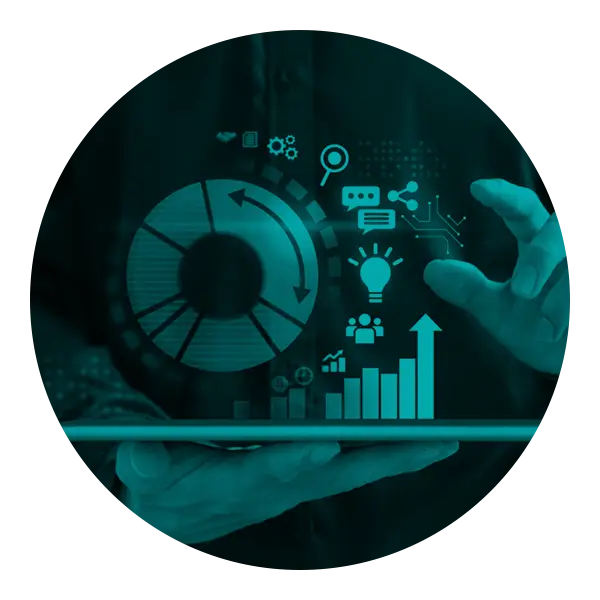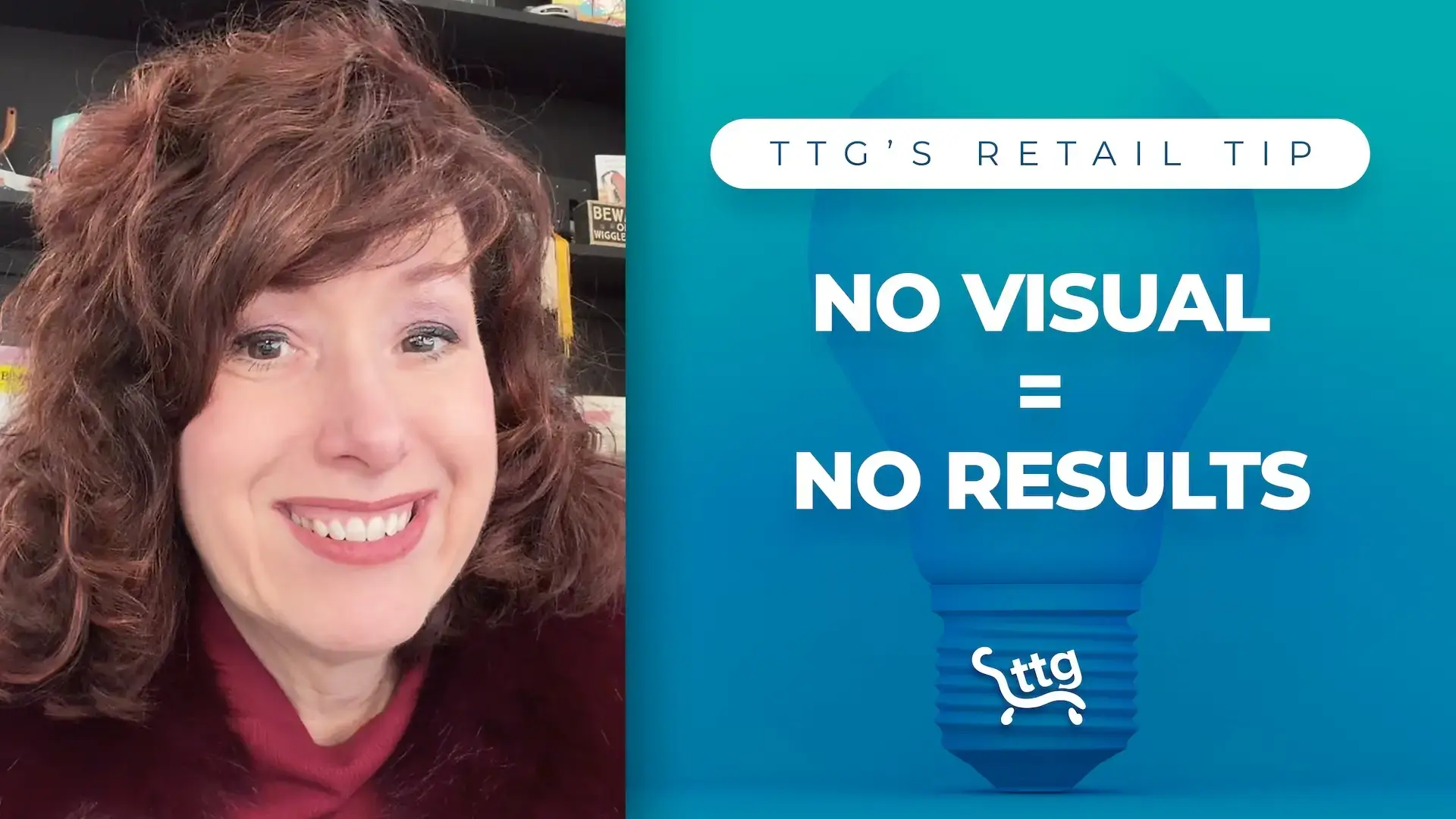Key Takeaway
Increase your knowledge of website anatomy and marketing terms to have a better understanding of your website and its role in the customer experience.
Having a website is a “must” for small businesses in today’s digital-first environment. But it’s just as important to know the key parts of your website and some common website terms that marketers use, to ensure that your website is all that you want it to be and giving customers the experience that you desire them to have. Here are 16 web anatomy and marketing terms to know as a small business leader.
16 Website Elements and Terms to Know
1. Home Page
The front page of a website gives a preview of the rest of the content found on the website and/or features important information and announcements that a brand wants to have front and center. What the foyer of your home is to guests, the home page is to your site’s visitors.
2. Main Navigation
Often referred to as the website navigation menu, a site’s main navigation is a set of links to internal pages. Its function is to tell both search engines and customers who visit your website what your company does and the services/products it offers. The navigation bar is a horizontal space (typically located at or near the top of the screen) on desktop, and typically a hamburger menu on mobile, where you’ll find headings for the different main pages of a website.
3. Landing Page
A specific type of web page that prompts a visitor to take one specific action. Landing pages often encourage people to fill out a form to download an exclusive resource or to make an inquiry. Or perhaps the landing page nudges the potential buyer to purchase the product/service that it highlights.
4. Header
A header is the section that comes above all the content on your site. It’s a best practice to set up headers to be “sticky,” so as you scroll, the header stays at the top of the site. It’s like Excel’s “freeze pain” feature for spreadsheets. Some essentials to include in your website’s header are your logo and phone number, as well as a CTA, search function, and main navigation.
5. Footer
The bottom section of your website where you’ll find the site map, or a repetition of the headings listed in the header of your website. It’s mandatory that your business’s privacy policy be listed in the footer portion of your website. Other things to consider including are: a CTA (such as “contact us” or “schedule a demo”), your hours of operation, your business’s shipping/return policy (if you’re an ecommerce store), and your social links.
It’s mandatory that your business’s privacy policy be listed in the footer portion of your website.
6. Lead Capture
The act of prompting users to provide their information so that they can take the next step with your business, and you can grow your relationship with them. Some marketers refer to lead capture as “conversion”.
7. Buttons
Also known as a command button or push button, buttons are graphical control elements that trigger a certain event. For instance, sometimes website buttons are a way for the user to confirm an action they just took, such as signing up for an email list or placing an order. Buttons don’t always have conversion-related actions tied to them.
8. CTAs
CTA buttons are a type of button that the user must click on to complete the action that a web page or landing page wants them to take. Say a landing page that talks about a downloadable has a CTA button at the bottom with the text “click here for the download”.
CTA buttons are a type of button that the user must click on to complete the action that a web page or landing page wants them to take.
9. Forms
Web forms are a primary way you can gather customers’ info and move them further down the conversion funnel. Some examples of forms are customer surveys, inquiry forms, and contact forms.
10. Pop Ups
A window that appears on a page (or pages) of your website overlaid on the content that’s already there. Pop ups are often used for promoting store discounts or for encouraging customers to make an appointment but have many other applications.
11. Flyouts
Flyouts are like pop ups, but they slide in from the side of the screen. Another differentiator is that they don’t create an overlay on the content on the page behind the popup.
12. Chat
A website function that lets you dialogue with customers and create a more personalized experience for those interacting with your brand online. Tidio, Zendesk, Ada, Birdeye, Tidio, LiveAgent, and Podium are just some of the tools you can integrate with your business’s website to start tapping into the benefits of live chat.
13. Plugins
A software application that extends the features and functions of your business’s website. Plugins exist for online appointment scheduling, web forms, email marketing, and social media feed displays.
14. Responsive Web Design
In the website world, “responsive” is the quality of a website that automatically adapts its display to suit different electronic devices of varying screen sizes. A responsive website will show up clearly and be easy to navigate whether you view it via smartphone or laptop.
15. Above the Fold
This term refers to the web content that a viewer sees before they scroll down. It’s important to put your website’s most important information in this section since modern customers prefer to skim and might not take the time to browse the lower parts of your web pages when searching for the information and products/services they need.
Level Up Your Website with the Pros
Not sure your website is up to par when it comes to UX and CX? Invest in a Digital Audit package from Technology Therapy® Group! Reap the rewards of having an effective, responsive website that converts.





